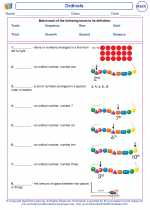Cylinder
A cylinder is a three-dimensional shape with two parallel circular bases and a curved surface that connects the two bases.
Properties of a Cylinder
1. Bases: A cylinder has two circular bases that are parallel to each other.
2. Height: The distance between the two bases is called the height of the cylinder.
3. Curved Surface: The curved surface of a cylinder wraps around the space between the bases.
4. Volume: The volume of a cylinder can be calculated using the formula V = πr2h, where r is the radius of the base and h is the height of the cylinder.
5. Surface Area: The surface area of a cylinder can be calculated using the formula A = 2πr(r + h), where r is the radius of the base and h is the height of the cylinder.
Study Guide
1. Identify the shape: Can you identify a cylinder in everyday objects, such as cans, jars, or tubes?
2. Bases and Height: Understand the concept of the two circular bases and the height of a cylinder.
3. Measurement: Practice measuring the radius and height of different cylinders.
4. Volume and Surface Area: Learn the formulas for calculating the volume and surface area of a cylinder, and practice solving related problems.
By understanding the properties of a cylinder and practicing related problems, you can master this topic in first grade math!
.◂Math Worksheets and Study Guides First Grade. Ordinals
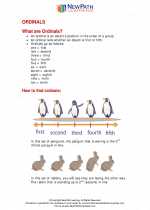
 Activity Lesson
Activity Lesson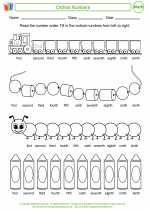
 Worksheet/Answer key
Worksheet/Answer key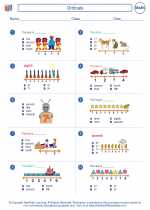
 Worksheet/Answer key
Worksheet/Answer key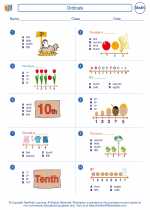
 Worksheet/Answer key
Worksheet/Answer key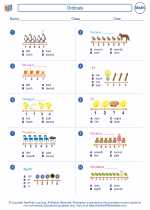
 Vocabulary/Answer key
Vocabulary/Answer key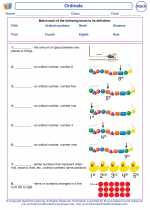
 Vocabulary/Answer key
Vocabulary/Answer key